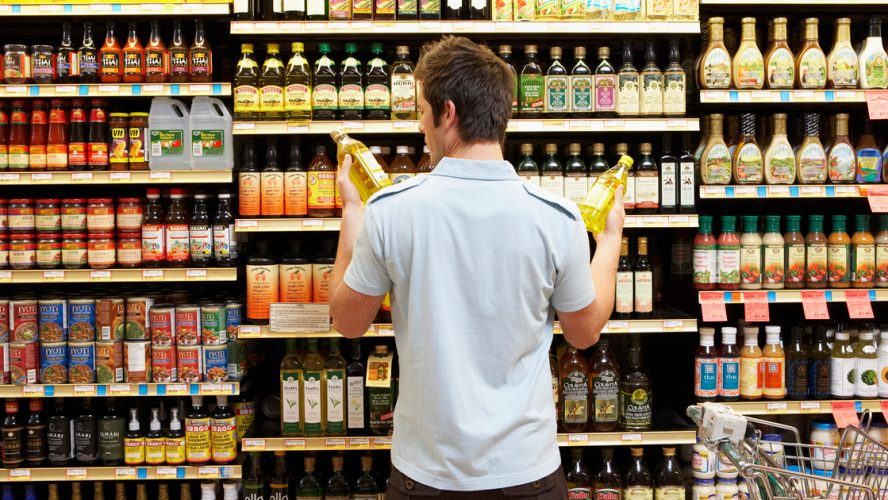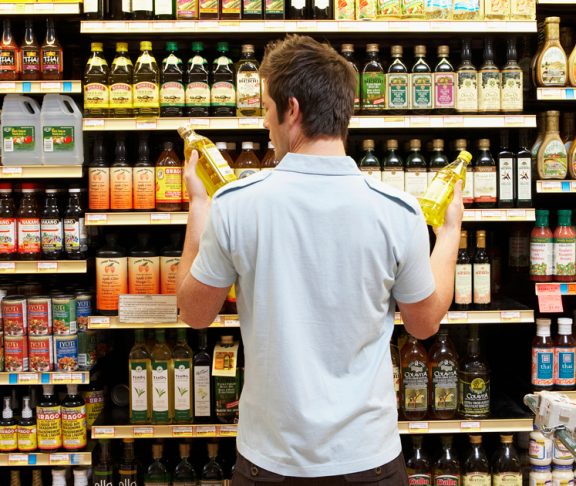
Juan Aguiriano
Head of Sustainability, Kerry Group
Staggering amounts of food are wasted every year, with the developed nations the prime culprits. What can we do to find a more sustainable form of nutrition?
One third of all food – 1.3 billion tonnes annually, at a cost of $940 billion dollars a year – is wasted and yet 690 million people globally are malnourished. COVID-19 has only made matters worse, with countries such as the US never consuming 40 to 50% of the food produced. According to the U.N. Food and Agriculture Organization, if we reversed current trends, we would preserve enough food to feed two billion people, more than twice the number of undernourished people across the globe.
“At Kerry we have a vision of Creating a World of Sustainable Nutrition which is about providing better nutrition with less impact on the earth’s resources and reducing food waste is key in this equation. One of the best ways to reduce food waste is preservation, one extra shelf life day can have a hugely positive impact,” says Juan Aguiriano, Head of Sustainability at Kerry Group. “A WRAP study estimates that each additional day of shelf life offers a financial saving of 3.6% on the annual waste cost for the sector in developed markets.”
Consumers are prepared to pay extra for food and beverage products that are devoted to solving food waste.
Increasing shelf life of food
Around 20% of meat produced globally goes to waste and 25% of consumers do not finish their bread before it goes off, the equivalent of 900,000 tons or 24 million slices. Bread is the biggest source of waste in volume: a third sold in the United States is wasted, although 33% of people who work in bakeries believe that a short shelf life is the cause. “Kerry is the world’s leading taste and nutrition company and through our portfolio of clean label solutions we are making a difference in this space,” says Aguiriano. It is increasingly obvious that consumers want to know what goes into their food and are actively checking what they consume: “Research has shown that half of consumers are prepared to pay extra for food and beverage products that are devoted to solving food waste,” Aguiriano says.
Circularity of food systems
Food preservation is however not the only way forward. “Circularity is the key to reducing food waste,” says Aguiriano, citing a culture in which foodstuffs will be made, consumed, collected, transformed and then reused. The traditional model of ‘take-make-consume-waste’ is becoming redundant and a behavioural shift is needed to solve the issue. Food waste is a priority and one which weighs heavily on consumers and the food industry alike. Persistence and commitment to doing the right thing and accepting individual responsibility are important factors to continue striving for better.


